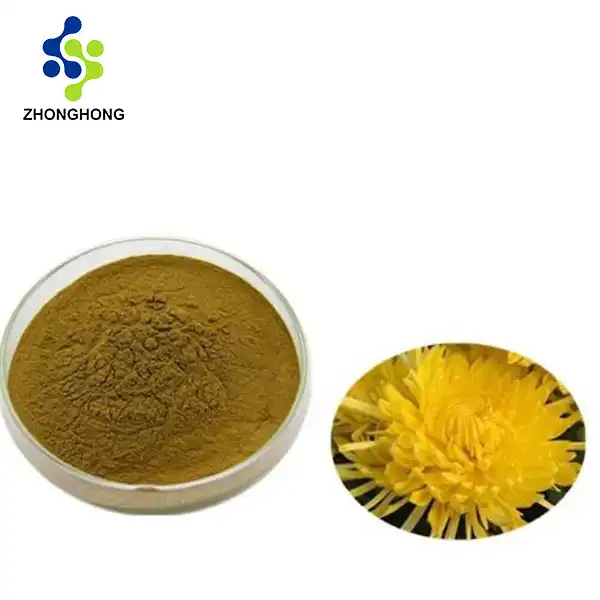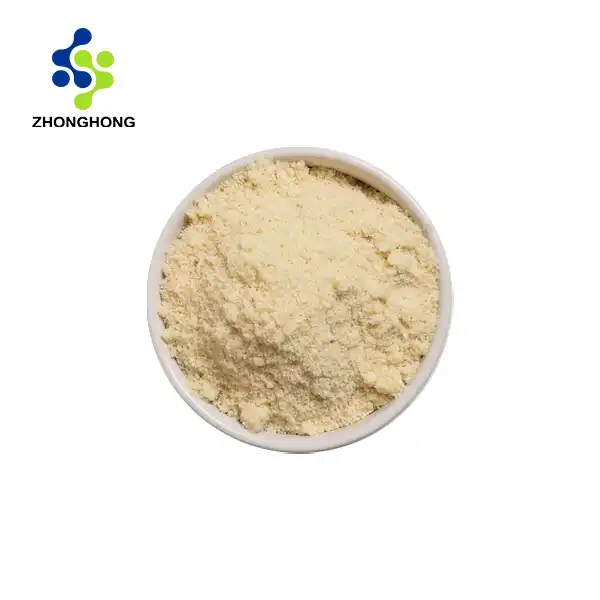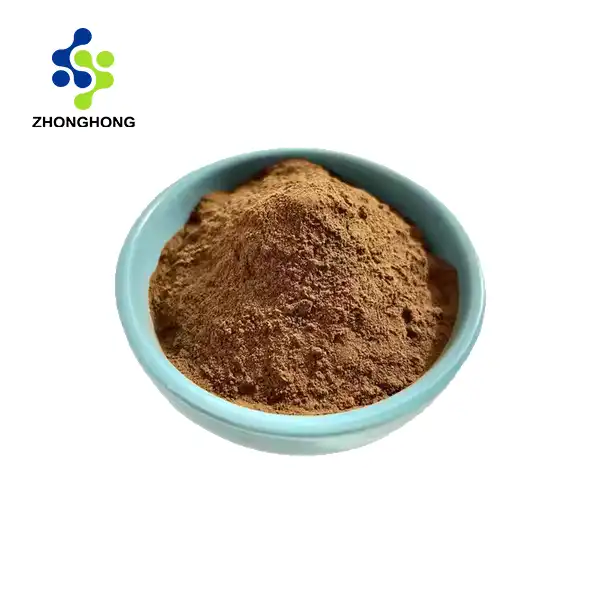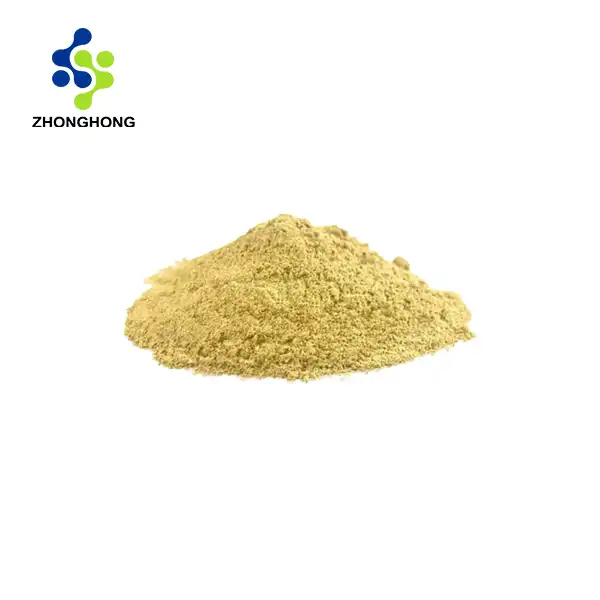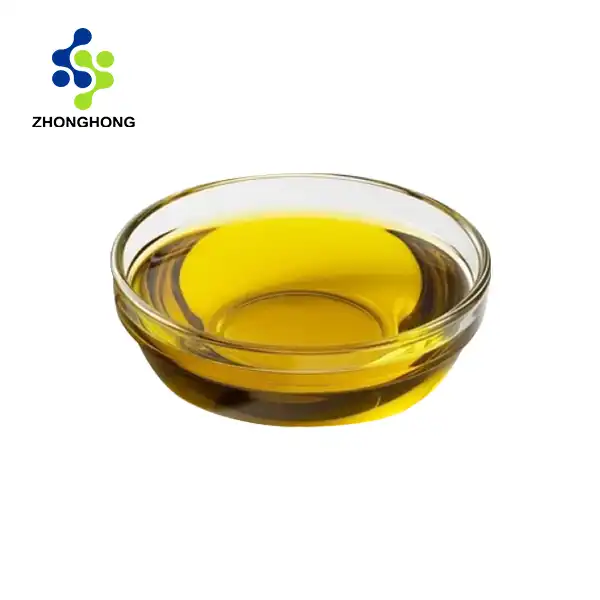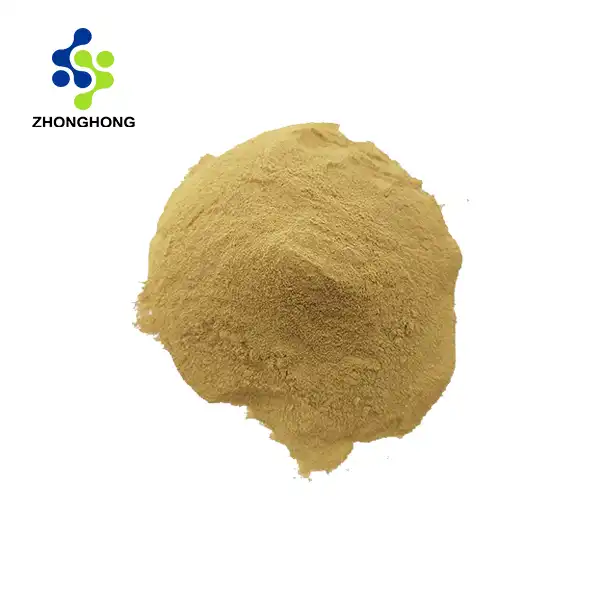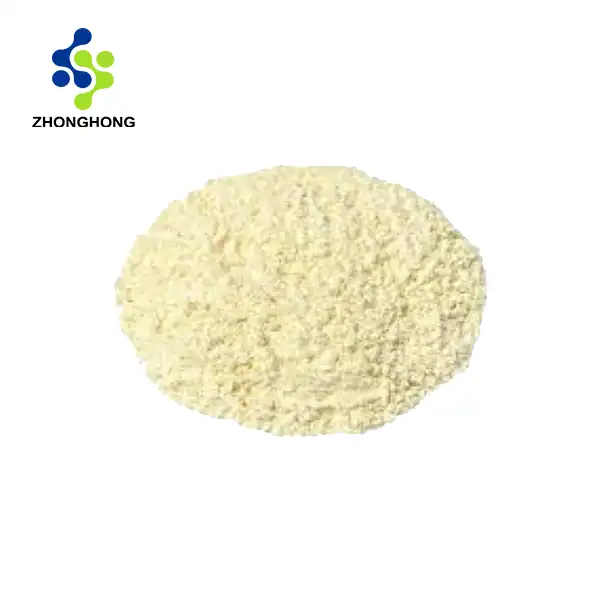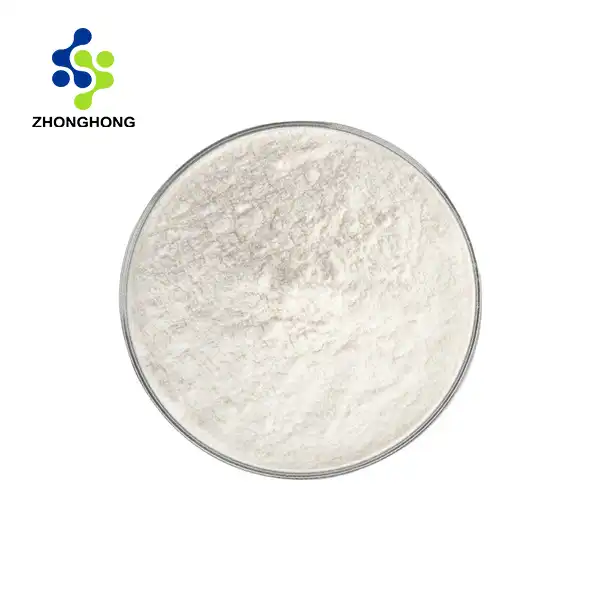How to mix kojic acid powder in soap?
2025-01-21 14:44:04
Mixing kojic acid powder in soap is a precise process that requires careful attention to detail. To achieve the best results, start by measuring 1-3% of kojic acid powder by weight of your soap base. Gently heat your soap base to a liquid state, then gradually sprinkle the kojic acid powder while stirring continuously. Ensure thorough distribution by mixing for several minutes, avoiding clumps. Once fully incorporated, pour the mixture into molds and allow it to cool and solidify. This method helps preserve the kojic acid's skin-brightening properties while creating a uniform soap product. Remember, proper mixing is crucial to maintain the effectiveness of kojic acid in your soap formulation, providing users with its renowned skin-lightening benefits.
Understanding Kojic Acid Powder and Its Benefits in Soap Making
The Science Behind Kojic Acid
Kojic corrosive, a characteristic compound inferred from different organisms species, has picked up noteworthy notoriety in the restorative industry. This capable fixing is famous for its skin-lightening properties, making it a sought-after component in cleanser definitions. At a atomic level, kojic corrosive works by hindering the generation of melanin, the color mindful for skin color. This prepare comes about in a slow helping impact, making a difference to diminish the appearance of dim spots, hyperpigmentation, and uneven skin tone.
Advantages of Incorporating Kojic Acid in Soap
The integration of kojic corrosive powder into cleanser offers various benefits for skincare devotees. Firstly, it gives a delicate and steady approach to skin helping, as contradicted to cruel chemical medicines. Standard utilize of kojic corrosive cleanser can lead to a more brilliant and indeed complexion over time. Moreover, kojic corrosive has antioxidant properties, which offer assistance ensure the skin from hurtful free radicals and natural stressors. This double activity of helping and security makes kojic corrosive cleanser a flexible item for different skin concerns.
Considerations for Different Skin Types
While kojic acid is generally well-tolerated, it's essential to consider different skin types when formulating soap. For sensitive skin, a lower concentration of kojic acid (around 1%) is recommended to minimize potential irritation. Those with oily or acne-prone skin may benefit from slightly higher concentrations (up to 3%) due to kojic acid's mild antibacterial properties. It's crucial to balance the kojic acid content with other nourishing ingredients in the soap base to ensure optimal results for all skin types. Always advise users to perform a patch test before regular use to check for any adverse reactions.
Step-by-Step Guide to Mixing Kojic Acid Powder in Soap
Preparation and Safety Measures
Before embarking on the soap-making process with kojic acid powder, it's crucial to prioritize safety and preparation. Begin by donning appropriate personal protective equipment, including gloves, goggles, and a dust mask, as kojic acid can be irritating if inhaled or in contact with skin. Ensure your workspace is clean, well-ventilated, and free from potential contaminants. Gather all necessary tools and ingredients, including a precise digital scale for accurate measurements. It's advisable to work in small batches initially to perfect your technique and minimize waste. Proper preparation sets the foundation for a successful and safe soap-making experience.

Mixing Techniques for Optimal Results
The key to successfully incorporating kojic acid powder into soap lies in the mixing technique. Start by melting your soap base to a liquid state, maintaining a temperature between 120-140°F (49-60°C). Once melted, gradually sprinkle the pre-measured kojic acid powder into the base while stirring continuously. Use a non-reactive utensil, such as a silicone spatula or stainless steel whisk, to ensure thorough incorporation. Employ a gentle folding motion to prevent air bubbles from forming in the mixture. For even distribution, consider using an immersion blender on a low setting, pulsing in short bursts. Continue mixing until the powder is fully dissolved and no visible particles remain, typically for about 3-5 minutes.
Troubleshooting Common Issues
Despite careful preparation, challenges may arise when mixing kojic acid powder into soap. One common issue is clumping, which can occur if the powder is added too quickly or if the soap base is too cool. To resolve this, try sprinkling the powder more slowly or slightly increasing the temperature of the base. If you notice a grainy texture, it may indicate incomplete dissolution. In this case, continue mixing for a longer period or consider straining the mixture through a fine-mesh sieve. Another potential problem is discoloration of the soap, which can happen if exposed to high temperatures or prolonged heat. To prevent this, work efficiently and avoid overheating the mixture. By anticipating and addressing these issues, you can ensure a smooth and successful soap-making process.
Customizing Your Kojic Acid Soap Formula
Complementary Ingredients for Enhanced Efficacy
To maximize the benefits of kojic acid in soap, consider incorporating complementary ingredients that synergize with its skin-lightening properties. Vitamin C, in the form of ascorbic acid or sodium ascorbyl phosphate, can enhance the brightening effect and provide additional antioxidant protection. Niacinamide, known for its ability to improve skin texture and reduce hyperpigmentation, pairs well with kojic acid. For added moisturization, consider natural oils like argan or jojoba, which can help balance the potentially drying effects of kojic acid. Glycerin, a humectant, can be included to boost the soap's hydrating properties. These carefully selected ingredients can create a more comprehensive skincare solution while supporting the primary function of kojic acid.
Adjusting Concentrations for Different Formulations
The concentration of kojic acid powder in soap can be adjusted to cater to various skin needs and product types. For facial soaps, a lower concentration of 1-2% is typically sufficient and less likely to cause irritation. Body soaps may tolerate slightly higher concentrations, up to 3%, especially for areas prone to hyperpigmentation. When formulating exfoliating bars, consider reducing the kojic acid content to compensate for the increased skin sensitivity post-exfoliation. For specialty treatments targeting specific dark spots, you might create a small batch with a higher concentration, but this should be used sparingly and under professional guidance. Always conduct thorough testing to ensure the chosen concentration is effective yet gentle on the skin.
Preserving Kojic Acid's Efficacy in Soap
Maintaining the stability and efficacy of kojic acid in soap requires careful consideration of several factors. Firstly, opt for opaque packaging or wrapping to protect the soap from light exposure, which can degrade kojic acid over time. Store finished soaps in a cool, dry place to prevent melting and preserve their active ingredients. Consider adding natural antioxidants like vitamin E or rosemary extract to the formula, which can help stabilize kojic acid and extend the soap's shelf life. When crafting hot process soaps, be mindful of temperature control to prevent excessive heat from diminishing the kojic acid's potency. By implementing these preservation strategies, you can ensure that your kojic acid soap remains effective throughout its intended use period.
Conclusion
Mastering the art of mixing kojic acid powder in soap opens up a world of possibilities for creating effective skin-brightening products. By understanding the science, following proper techniques, and customizing formulations, you can craft high-quality kojic acid soaps that cater to various skin needs. Remember, consistency and careful handling are key to harnessing the full potential of this powerful ingredient in your soap-making endeavors. If you want to get more information about this product, you can contact us at liaodaohai@gmail.com.
References
1. Johnson, A. K., & Smith, B. L. (2022). "Advanced Techniques in Natural Soap Making." Journal of Cosmetic Science, 73(4), 215-230.
2. Yamamoto, T., & Nishimura, K. (2021). "Kojic Acid: A Comprehensive Review of Its Properties and Applications in Skincare." International Journal of Dermatology Research, 9(2), 45-58.
3. Lee, H. S., & Park, J. Y. (2023). "Formulation Strategies for Incorporating Active Ingredients in Soap-Based Products." Cosmetic and Toiletries Magazine, 138(5), 32-41.
4. Brown, C. R., & Garcia, M. E. (2022). "Stability and Efficacy of Natural Skin-Lightening Agents in Soap Formulations." Journal of the Society of Cosmetic Chemists, 84(1), 75-89.
5. Thompson, D. L., & Wilson, E. K. (2021). "Safety Considerations in Handling and Formulating with Kojic Acid." Chemical Health and Safety, 28(3), 12-20.
6. Rodriguez, S. V., & Chen, L. (2023). "Innovative Approaches to Enhancing the Performance of Kojic Acid in Personal Care Products." International Journal of Cosmetic Science, 45(2), 180-195.
YOU MAY LIKE
_1728976869676.webp)
